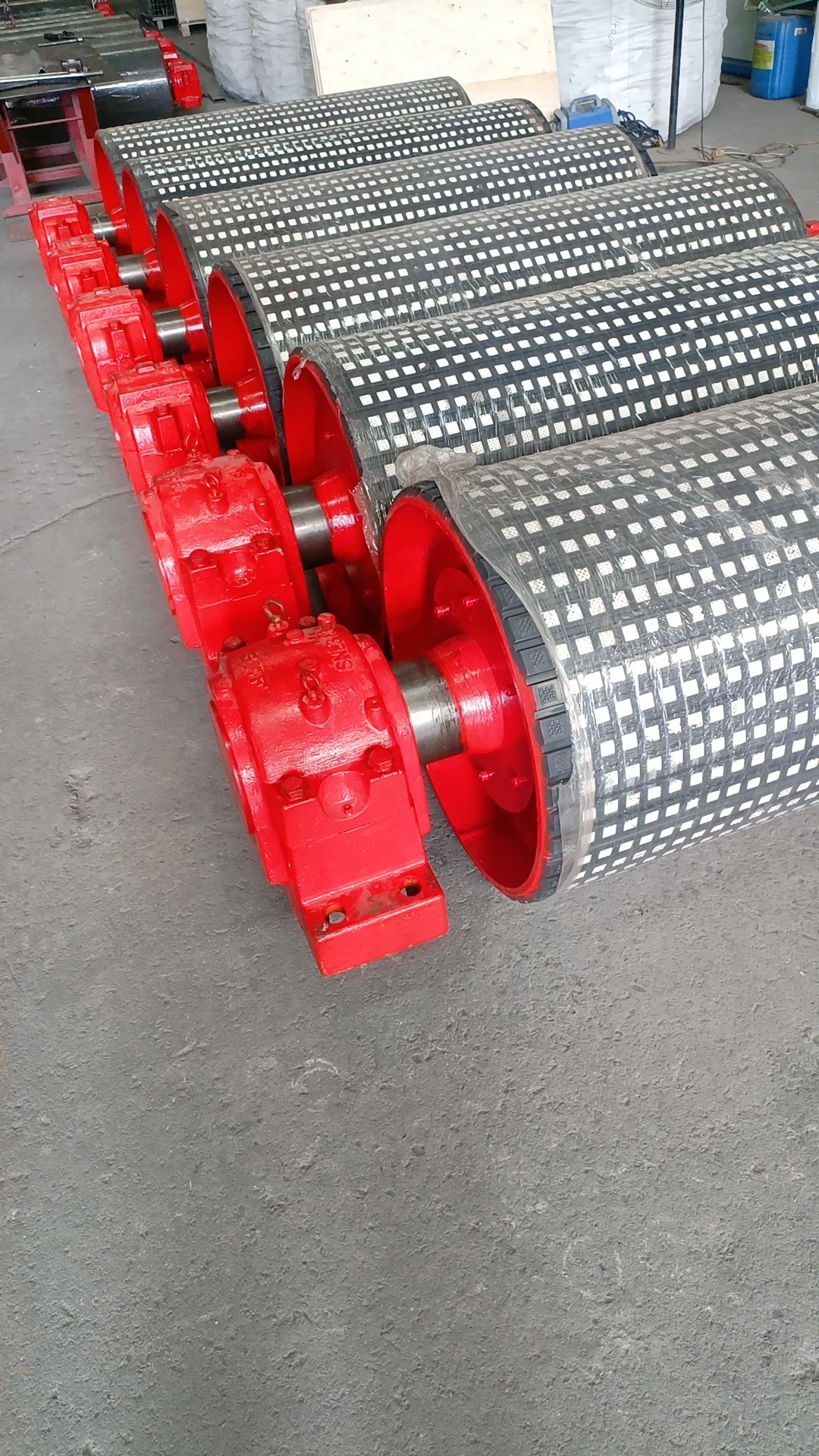 Afrikaans
Afrikaans  Albanian
Albanian  Amharic
Amharic  Arabic
Arabic  Armenian
Armenian  Azerbaijani
Azerbaijani  Basque
Basque  Belarusian
Belarusian  Bengali
Bengali  Bosnian
Bosnian  Bulgarian
Bulgarian  Catalan
Catalan  Cebuano
Cebuano  Corsican
Corsican  Croatian
Croatian  Czech
Czech  Danish
Danish  Dutch
Dutch  English
English  Esperanto
Esperanto  Estonian
Estonian  Finnish
Finnish  French
French  Frisian
Frisian  Galician
Galician  Georgian
Georgian  German
German  Greek
Greek  Gujarati
Gujarati  Haitian Creole
Haitian Creole  hausa
hausa  hawaiian
hawaiian  Hebrew
Hebrew  Hindi
Hindi  Miao
Miao  Hungarian
Hungarian  Icelandic
Icelandic  igbo
igbo  Indonesian
Indonesian  irish
irish  Italian
Italian  Japanese
Japanese  Javanese
Javanese  Kannada
Kannada  kazakh
kazakh  Khmer
Khmer  Rwandese
Rwandese  Korean
Korean  Kurdish
Kurdish  Kyrgyz
Kyrgyz  Lao
Lao  Latin
Latin  Latvian
Latvian  Lithuanian
Lithuanian  Luxembourgish
Luxembourgish  Macedonian
Macedonian  Malgashi
Malgashi  Malay
Malay  Malayalam
Malayalam  Maltese
Maltese  Maori
Maori  Marathi
Marathi  Mongolian
Mongolian  Myanmar
Myanmar  Nepali
Nepali  Norwegian
Norwegian  Norwegian
Norwegian  Occitan
Occitan  Pashto
Pashto  Persian
Persian  Polish
Polish  Portuguese
Portuguese  Punjabi
Punjabi  Romanian
Romanian  Russian
Russian  Samoan
Samoan  Scottish Gaelic
Scottish Gaelic  Serbian
Serbian  Sesotho
Sesotho  Shona
Shona  Sindhi
Sindhi  Sinhala
Sinhala  Slovak
Slovak  Slovenian
Slovenian  Somali
Somali  Spanish
Spanish  Sundanese
Sundanese  Swahili
Swahili  Swedish
Swedish  Tagalog
Tagalog  Tajik
Tajik  Tamil
Tamil  Tatar
Tatar  Telugu
Telugu  Thai
Thai  Turkish
Turkish  Turkmen
Turkmen  Ukrainian
Ukrainian  Urdu
Urdu  Uighur
Uighur  Uzbek
Uzbek  Vietnamese
Vietnamese  Welsh
Welsh  Bantu
Bantu  Yiddish
Yiddish  Yoruba
Yoruba  Zulu
Zulu rubber pulley
Understanding Rubber Pulleys Versatile Components in Mechanical Systems
In the realm of mechanical engineering and industrial applications, rubber pulleys play a crucial role in various systems owing to their unique properties and versatility. These components are not just essential for the functionality of machines but also contribute significantly to their efficiency and durability. This article delves into the characteristics, applications, advantages, and maintenance of rubber pulleys.
What are Rubber Pulleys?
Rubber pulleys are mechanical devices designed to carry and transmit power in a system. Unlike traditional metal pulleys, which are often rigid and may cause excessive wear on the belts or cables they operate with, rubber pulleys are constructed from elastic materials. This elasticity allows them to absorb shock, reduce vibration, and improve the overall performance of the system they are part of.
Characteristics of Rubber Pulleys
1. Elasticity The primary characteristic of rubber is its ability to stretch and compress. This property enables rubber pulleys to adapt to different forces and loads without sustaining damage. 2. Durability and Resistance Rubber pulleys are generally resistant to wear and tear associated with different working conditions, including temperature fluctuations, moisture, and chemicals.
3. Lightweight Compared to metal alternatives, rubber pulleys are lighter. This feature contributes to reducing the overall weight of machinery, which can enhance efficiency by requiring less energy to operate.
4. Noise-Dampening The elasticity of rubber also contributes to noise reduction. Pulleys made from rubber create less operational noise compared to their metal counterparts, making them suitable for applications where noise is a concern.
Applications of Rubber Pulleys
Rubber pulleys are widely used across various industries and for numerous applications, including
1. Conveyor Systems In factories and warehouses, rubber pulleys are integral to conveyor systems, helping to move materials efficiently. Their ability to reduce friction and absorb shock enhances the longevity of the conveyor belts.
2. Automotive In vehicles, rubber pulleys are often found in systems such as timing belts and drive belts. Their ability to handle tensile forces while reducing vibration is crucial for optimal engine performance.
3. Agricultural Equipment Many agricultural machines utilize rubber pulleys for feeding crops and processing materials, where the gentle handling of produce is required to avoid damage.
rubber pulley

4. Home Appliances Various household appliances, such as washing machines and dryers, utilize rubber pulleys as part of their drive mechanisms, contributing to smoother operation and quieter performance.
Advantages of Rubber Pulleys
The adoption of rubber pulleys in mechanical systems presents several advantages
1. Cost-Effectiveness The initial investment in rubber pulleys can be lower than that of metal pulleys, and their durability often translates to lower replacement and maintenance costs over time.
2. Increased Efficiency The ability of rubber pulleys to absorb vibrations and shocks leads to more efficient operation, reducing the energy consumption of the entire system.
3. Enhanced Safety The shock-absorbing nature of rubber minimizes the risk of accidents caused by abrupt machinery movements, enhancing safety in industrial settings.
4. Versatility Rubber pulleys can be tailored to meet specific needs, accommodating different sizes, shapes, and operational requirements.
Maintenance Considerations
While rubber pulleys offer numerous benefits, regular maintenance is essential to ensure their longevity and performance. Key maintenance practices include
1. Regular Inspections Periodically checking for signs of wear, cracks, or tears in the rubber can help prevent unexpected failures.
2. Proper Alignment Ensuring that pulleys are properly aligned within the system can prevent uneven wear and enhance performance.
3. Lubrication While rubber doesn’t require lubrication like metal components, ensuring that the surfaces interacting with the rubber are clean and free of debris can extend the life of the pulley.
In conclusion, rubber pulleys are indispensable components that enhance the functionality of mechanical systems across various industries. Their unique properties, combined with a broad range of applications, underscore their significance in today's engineering landscape. Proper maintenance and understanding of their advantages will ensure that rubber pulleys continue to play a vital role in the efficient operation of machinery for years to come.
-
Revolutionizing Conveyor Reliability with Advanced Rubber Lagging PulleysNewsJul.22,2025
-
Powering Precision and Durability with Expert Manufacturers of Conveyor ComponentsNewsJul.22,2025
-
Optimizing Conveyor Systems with Advanced Conveyor AccessoriesNewsJul.22,2025
-
Maximize Conveyor Efficiency with Quality Conveyor Idler PulleysNewsJul.22,2025
-
Future-Proof Your Conveyor System with High-Performance Polyurethane RollerNewsJul.22,2025
-
Driving Efficiency Forward with Quality Idlers and RollersNewsJul.22,2025





























